Introducing a comprehensive total cost of ownership (TCO) is key to a fleet operating an efficient and effective fleet - as well as accessing manufacturer discounts.
Speaking during the Designing End-to-End Holistic Fleet Policy seminar at Fleet & Mobility Live, James Rooney, head of road fleet at Network Rail, stressed the importance of the need for a tailored approach based on corporate objectives.
This also includes the type of vehicle needed, the image an organisation wants to portray, and how it is funded.
Type of vehicle
“Cars and vans are very different, so you will find yourself treating them differently and most of that is because cars are very emotive: they are someone’s pride and joy, they sit on someone’s drive, they are an asset to their house.
“Vans are workhorses. They are designed to perform . They need to be functional, fit for purpose and fitted with the tools, racking and conversions to make them able to do their job.
“Because of that, vans can often take a lot more work to build them up, but once you get there, it’s a copy and paste exercise provided you don’t have too many different racking specs.”
Rooney said how a car is used should also influence what employees are able to choose. “Are they a perk car where they’re not really being used on company business? If they are, let them swan around in whatever they want, as long as they can afford it,” he said.
“But is it going to be used to go to a customer’s premises? If you’re a social housing company, for example, you’re probably best not putting your operatives into top-end Audis because the image you portray as you go round that person’s house may not be the one you want. You need to think about the optics.”
Rooney said it is also important to talk to drivers about the vehicles they will be driving. “Get people in the vehicles you’re looking at, talk to the people who will be using it, and understand how and why they use their vehicles.
“Typically, you won’t tend to bulk order your cars. You may have one or two at a time, so keep it repeatable, keep it scalable. If you’re going to go for a choice list, try and keep it to a certain amount of manufacturers or styles or type.”
Total cost of ownership
“Cheap doesn’t always mean cheerful, expensive doesn’t always mean better – that’s where a total cost of ownership (TCO) model comes in,” said Rooney.
This is formed of two aspects: finance and in-life costs.
Finance covers the cost and method of funding the vehicles. “How much does the vehicle cost to buy? If you’re buying it outright then that will be the purchase price, if you’re leasing then that will be the cost of the lease,” said Rooney.
“If you’re awash with money, buying will always be cheaper than leasing because you are not paying an interest rate, but you’re taking your money out of CapEx or OpEx in some cases.
“Is that money that needs to be put elsewhere in the business? Your finance team will be the ones to guide you here. Think about how long you’ll be running that vehicle for, and what its residual value will be because you will be selling it.
“If the RVs tank on that vehicle, you’re the one taking the hit. When you lease a vehicle, typically under most leasing arrangements you will be absolved of any association to the RV.”
In-life costs include the running cost of that vehicle, such as fuel, insurance, service, maintenance and repair costs and any low emission zone charges it may incur.
Rooney said a TCO model is also useful when meeting with internal stakeholders, particularly finance, as it helps justify why the company is selecting one vehicle over another.
“Quite often you’ll see that a lease cost plus TCO on certain vehicles is lower than on other vehicles, and that may be because it breaks down a little bit less, it uses a little bit less fuel, or a few less tyres.
“And quite often, when you build these TCO models there may be just £3 or £4 in it top to bottom and that is your chance to talk to manufacturers.
“I love taking a TCO into a manufacturer conversation.. You slap it down on the table, you white out who the manufacturers are, and say ‘you’re there’, and show them the value chain of why their vehicle is not top.
“Chances are at that point you get a chunk more discount, you get a bit more warranty, or you’ll get something else for them to try and up that.
“It helps them as well because then they understand how their vehicle is negatively performing in these situations. It’s a really good tool to use.”
He added: “Build relationships with manufacturers. I don’t care if you’ve got one car, 1,000 or 10,000, have that relationship with the manufacturer. Show them your ordering plan and try and forward plan that.
“For example, if I’ve got to get thousands of electric vehicles on to my fleet, but if I don’t tell the manufacturers that, how do they know that that volume is coming? What do they need to adjust what’s coming into the UK that year?
Rooney said a TCO model is also useful when meeting with internal stakeholders, particularly finance, as it helps justify why the company is selecting one vehicle over another.
The full debate can be watched below








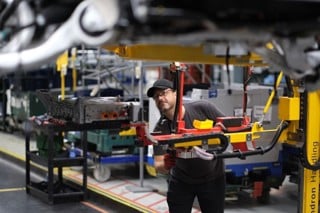
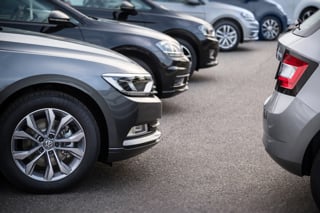
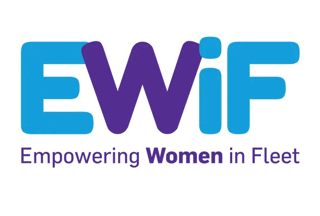
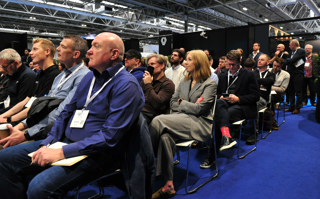
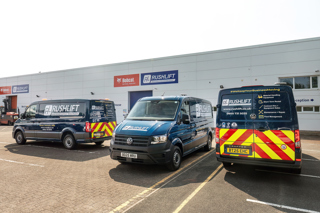











Login to comment
Comments
No comments have been made yet.